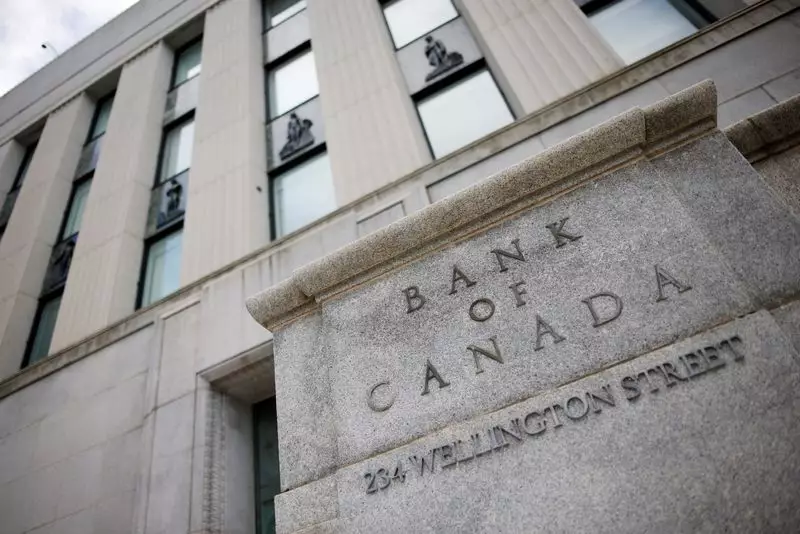In a decisive move, the Bank of Canada (BoC) recently announced a reduction in its benchmark interest rate by 50 basis points, bringing it down to 3.75%. This action marks the first significant rate cut in over four years and has been interpreted as a positive indicator of the country’s shifting economic landscape. With inflation decreasing to 1.6% in September, below the BoC’s target of 2%, the central bank has taken a calculated approach to stimulate demand and invigorate the Canadian economy after a prolonged battle against inflation.
Historically, the BoC’s decision-making process has been impacted by various economic indicators, inflation rates included. After implementing successive rate increases to combat soaring inflation, the recent cut means that the central bank believes the battle against rising prices is steadily yielding results. Governor Tiff Macklem emphasized this notion in a recent press conference, indicating that while Canadians may have suffered through a lengthy fight against inflation, signs of recovery are apparent.
Macklem’s message to the public overall carries a sense of optimism. The importance of reducing the rate to boost economic conditions cannot be understated. With a history of austerity measures and economic apprehension, the BoC hopes that lower borrowing costs will lead to increased consumer spending and business investment, which have sharply diminished lately.
Despite the recent cuts aimed at reviving economic momentum, data reveal a sluggish demand with moderate sales and tepid consumer sentiment. Economists have pointed out that while the initial cuts aimed at reducing borrowing costs have been enacted, the anticipated rise in economic activity has yet to materialize. Macklem expressed the Bank’s desire to stimulate demand through the latest interest rate adjustment, highlighting the necessity for stronger economic growth as Canada seeks recovery.
Interestingly, this cut comes on the heels of similar actions by the U.S. Federal Reserve. With both nations facing similar economic pressures, the interplay between their monetary policies may have widespread implications on global market dynamics. Analysts predict potential further reductions, notably suggesting a substantial possibility of another 50-basis-point cut in December, depending on economic indicators.
Following the rate cut, the Canadian dollar experienced a slight decline against the U.S. dollar, illustrating the market’s cautious sentiment regarding economic stability. Additionally, bond yields have seen a modest decrease, reflecting investor apprehension over future borrowing costs. Market analysts are divided, with views on whether another cut is on the horizon, hinging on the BoC’s perspective of the neutral rate— a level viewed as neither promoting nor restricting growth.
The question of whether another cut can be anticipated arises not only from macroeconomic indicators but also from the broader sentiment of the market and consumer. Kyle Chapman from the Ballinger Group highlighted that another 50-basis-point cut is not assured, given the complex interplay of economic forecasts and growth expectations.
Looking ahead, the BoC maintains an optimistic yet cautious stance with regard to inflation. Macklem reiterated that maintaining low and stable inflation is crucial for economic performance. The bank forecasts a gradual decline in inflation rates in the coming years, projecting an annual rate of 2.5% for this year, dipping to 2.2% in 2025, and hitting the target of 2.0% by 2026. The central bank remains watchful of potential fluctuations that could shift inflation rates above or below these projections.
The recent interest rate reductions by the Bank of Canada signal a pronounced shift in monetary policy aimed at revitalizing economic growth amid a landscape marked by prior high inflation rates. While initial indications appear promising, continued vigilance is required to navigate the complexities of economic recovery effectively, with a hopeful eye towards future stability. The outcome of these monetary policy shifts will significantly shape Canada’s economic trajectory in the upcoming months.

